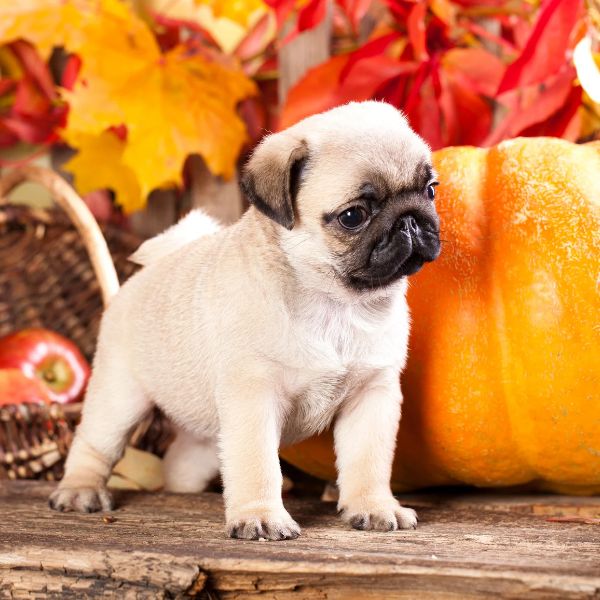PetMeetly helps you adopt a Pug: Find Your Perfect Companion Today!
Petmeetly is an exceptional website that connects animal lovers and pet owners, providing a reliable service for those seeking to adopt or rehome Pug. Our primary objective is to establish a community where individuals can find their perfect furry companion while offering a safe and caring haven for needy animals.
With Petmeetly, locating your new furry friend has never been easier. You can utilize our platform to browse available Pugs in your locality and connect with their owners. Our extensive search options make it simple to identify the Pug that best fits your lifestyle and preferences.
Also, Petmeetly offers a perfect platform for finding your beloved Pug a new, loving home if you decide to rehome them. Our platform is made to link you together with prospective adopters who are willing to give a Pug a loving and responsible home. You may relax knowing that your pet is in capable care and will have a loving home.
Every pet needs a loving home, and at Petmeetly we are dedicated to animal welfare. Join our community now to begin your hunt for the ideal canine friend or to support a Pug in need.
Everything about Pug

Height
Weight
Lifespan
Coat
LENGTH OF THE COAT
GROOMING AND SHEDDING
Energy
Barking
Intelligence
Adaptability and trainability
Affectionate with family
Good with young children
Good with other dogs and animals
Behavior towards strangers
Meet our Pugs
Decided to adopt a Pug?
When bringing a Pug into your house, it’s essential to carefully consider these criteria to make sure your new furry family member may enjoy a happy and healthy life.
- Think about their exercise needs:
Pugs are a petite breed and don’t need a lot of exercises, but they do need daily walks and playtime to stay healthy and happy. Make certain to give them opportunitiesortunity for physical activity and cerebral stimulation.
- Be aware of their grooming requirements:
Pugs have a short, smooth coat that requires little maintenance, but they shed a lot. Shedding can be controlled with regular brushing and irregular bathing.
- Be aware of their social nature:
Pugs are gregarious dogs who enjoy company. If you leave your Pug alone for too long, they may start to experience separation anxiety, so be ready to spend time with them or think about getting them a friend.
- Consider their temperament:
Pugs tend to be outgoing and friendly, but they may also be obstinate and rebellious. Positive reinforcement training strategies can aid with their training and socializing.
- Think about their adaptability:
Pugs are adaptable to different living situations and can do well in apartments or larger homes. However, they are sensitive to extreme temperatures and should be kept in a comfortable environment.
- Consider their unique personality:
Pugs have unique personalities and can be very entertaining and affectionate. Be prepared for their snorting, snoring, and general quirkiness, and enjoy their company!
We put together a checklist to prepare you for your new Pug and to make your adoption process safe and stress-free.
We put together a checklist of essential factors to consider for a smooth and safe transfer of your Pug to the new owner.
